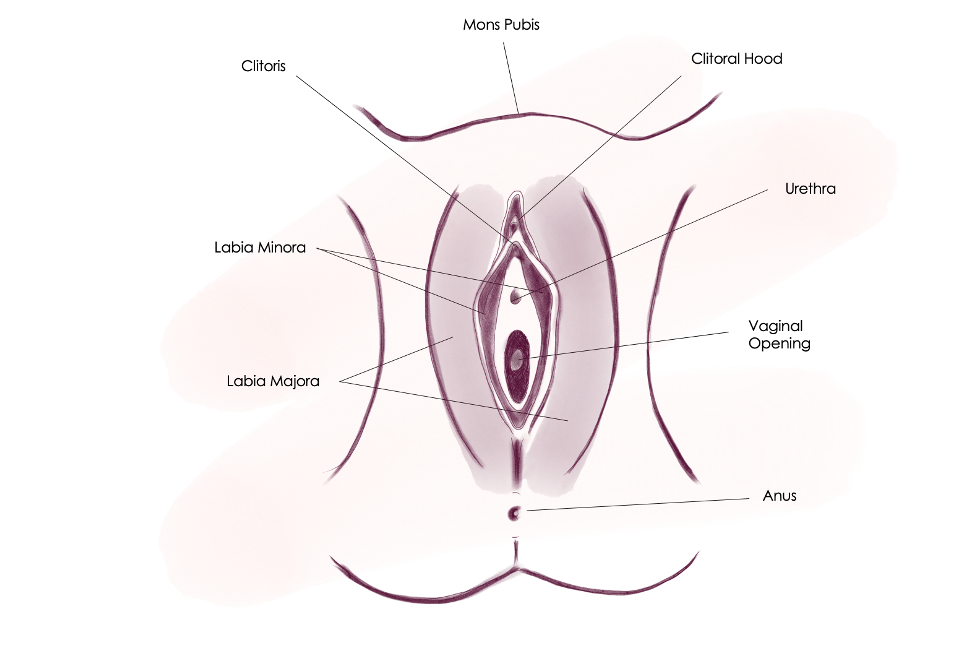A lesson on the uterus!
- Sara Harris

- Aug 18, 2023
- 2 min read
Updated: Aug 19, 2023
Your uterus is also commonly called your womb. It is a chalice-shaped organ around the same size as a small upside-down pear, meticulously placed in your lower abdomen between your hips. At the base of the uterus is another super important organ called the cervix, which is responsible for the production of cervical fluid/mucus in preparation for ovulation.
It is the lining or the inside of the uterus that sheds each month to give you your period. The uterus responds to the messages that are being very precisely delivered throughout the month to build the lining in response to a hormone called oestrogen. Then, after ovulation (the monthly release of an egg), the lining of the uterus matures in response to a hormone called progesterone. Oestrogen and progesterone are the main players when it comes to female hormones.
Interesting Myth – The Greek word for uterus is hystera. Originally, it was believed that hysteria and hysterical symptoms were caused by a defect in the womb and thus, only women could become hysterical. This is most definitely a myth and one that has had its part to play in the denigration of women and in women not claiming the true representation of themselves as a women, and likewise, the true representation of the uterus – which could be described as being like a Sacred chalice that is beholding of grand cycles.
As you would be aware, the uterus is where a baby grows for nine months when a woman is pregnant, housing it through embryonic and foetal development. The uterus has the capacity to expand 500 times its original size, to the size of a watermelon! And then it contracts its way back after the baby has been delivered. When you get your period, you may experience some period pain which can be caused by your uterus contracting more than it needs to. One reason for this can be an increase in prostaglandins, which in turn can be due to increased inflammation in the body. More on this in another post!
The inside layer of the uterus is called the endometrium. The middle layer is called the myometrium and the out most layer is called the perimetrium. It is the endometrium that has a changing inner layer which is responsive to changes in oestrogen. It thickens in the first part of the cycle and then is shed at the period time in response to lowering levels of oestrogen and progesterone.
The shedding occurs in the absence of a fertilised egg. Contractions of the uterus support the release of the inner layer which results in bleeding through the vagina at the period time.
Having a relationship with your uterus and the changes that are happening constantly throughout your cycle is super important. Learning the fertility awareness method can support with this.
Above all, your uterus symbolises the beholding nature of you as a woman and how it is simply in your nature to honour yourself deeply, to take care of your body and being and to respect the natural cycles you live in and that live in you.




Thank you for an enlightening lesson on the uterus Sara. Yes we live inside the natural cycles and they live in us and we are so part of a harmony that it doesn't make sense to go against them.